Rodrigo.paleontologist
rodrigo.paleontologist
Did you know many regular sidewalks can have body or trace fossils on them? Here I show you a sidewalk in southern Brazil (Dois Irmãos-RS) with marine invertebrate displacement trace fossils. These rocks are from the Late Carboniferous Rio do Sul Formation (Paraná Basin). Your strolls in town will never be the same now!
More Posts from Rocks-everywhere and Others

Happy Fossil Friday! Even though this animal looks like a big lizard, it is one of the early relatives of mammals: meet Edaphosaurus! It lived 280 million years ago, in the Permian Period. The key feature that tells us Edaphosaurus is related to mammals? The synapsid opening behind each eye socket. Photo: © AMNH
palaeoart
Finally got my new air compressor hooked up and we’re back in business on the fossil prep front. First up in the queue was the removal of the excess matrix and cleaning up on this Peronoceras subarmatum which I found on the Jurassic Yorkshire Coast a few months ago. I’ve been out of action on fossil prep for nearly 4 months so it’s nice to be back up and running
Love me some rocks

Source

hobopeeba
Hutt Lagoon is a pink lake on the West Coast near the town of Gregory. This very small town is located on a narrow spit between the ocean and the pink lagoon.
Hutt Lagoon is a pink lake, a salt lake with a red or pink hue due to the presence of the carotenoid-producing algae Dunaliella salina, a source of ß-carotene, a food-colouring agent and source of vitamin A.
I dreamed about the pink lake for a long time, and it turned out to be better than my dreams. Pools with a different shade of red, pink, and sometimes yellow and blue. Pink salt on the shore, which glitters like snow - it all looks like abstractionist paintings in reality. Nature and man in this case did the magic.
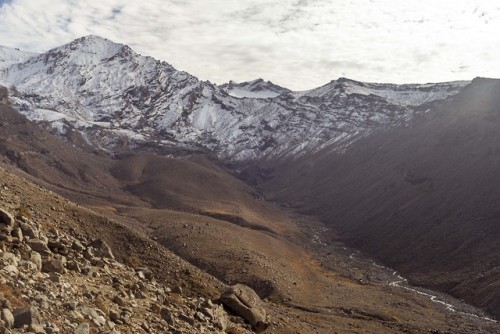
Mount Ruapehu - Tongariro National Park
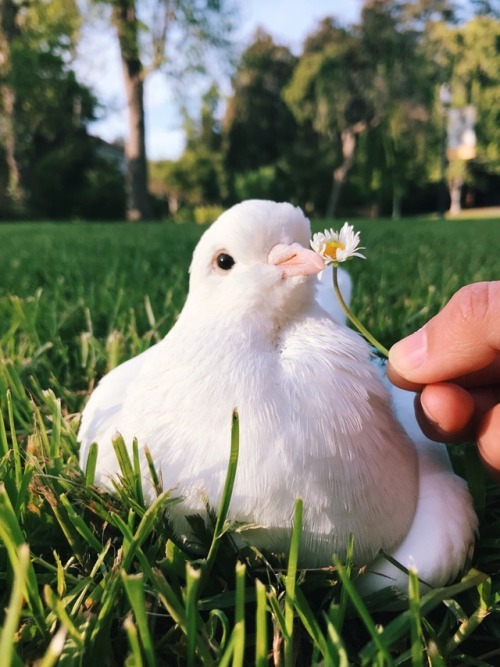
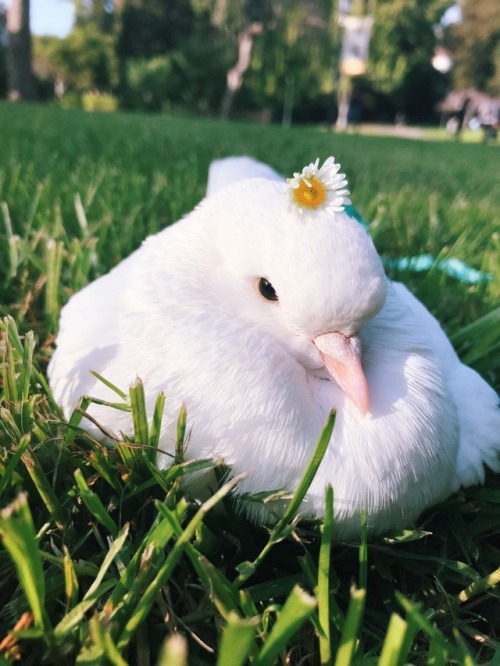
Happy Earth Day! Let’s take good care of this beautiful planet we call home, today and everyday 🌿






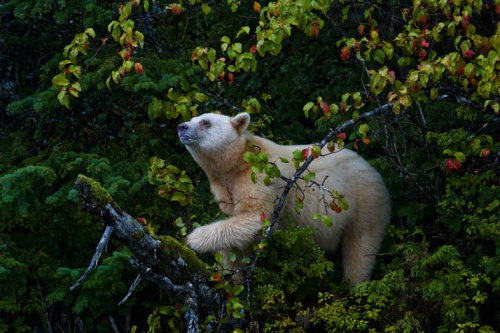
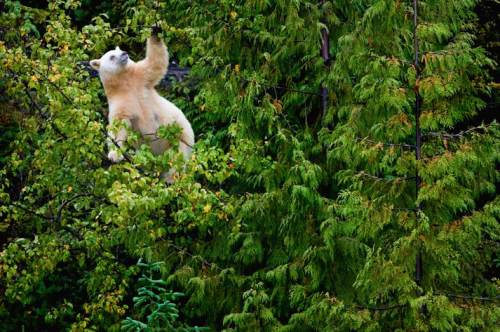


the great bear rainforest in british columbia is one of the largest coastal temperate rain forests in the world, with twenty five thousand square miles of mist shrouded fjords and densely forested islands that are home to white furred black bears.
neither albino nor polar bear, these rare black bears (there are fewer than five hundred) are known as kermode bears, or what the gitga’at first nation call mooksgm’ol, the spirit bear — a word they did not speak to european fur traders lest the bears be discovered and hunted. to this day, it remains taboo to hunt a spirit bear, or to mention them to outsiders.
the white fur in these bears is triggered by a recessive mutation of the same gene associated with red hair and fair skin in humans. though it remains unclear as to how the trait arose (or disappeared), it is especially pronounced on certain islands.
photos by (click pic) paul nicklen x, fabrice simon, denis binda, kyle breckenridge, and paul burwell
brennanthepaleodude
I led yet another fossil hunting trip to #kitsilanobeach for the @vancouverpaleosociety and it went really well!
I will be posting some longer videos of the fossil site to YouTube, so if you would like to see more, check out my channel Brennan The Paleo Dude!
-
 piercednipples liked this · 3 years ago
piercednipples liked this · 3 years ago -
 angeliquenoir58 liked this · 5 years ago
angeliquenoir58 liked this · 5 years ago -
 lalylaly246 liked this · 5 years ago
lalylaly246 liked this · 5 years ago -
 asmo-deo13 liked this · 5 years ago
asmo-deo13 liked this · 5 years ago -
 bamcrownshorts liked this · 5 years ago
bamcrownshorts liked this · 5 years ago -
 hachiyasstuff liked this · 5 years ago
hachiyasstuff liked this · 5 years ago -
 yoyoendlessstring liked this · 5 years ago
yoyoendlessstring liked this · 5 years ago -
 dilfslayer1080p liked this · 5 years ago
dilfslayer1080p liked this · 5 years ago -
 fancysaurus liked this · 5 years ago
fancysaurus liked this · 5 years ago -
 yusuf-krk liked this · 5 years ago
yusuf-krk liked this · 5 years ago -
 skittychwang liked this · 5 years ago
skittychwang liked this · 5 years ago -
 cedar-roots liked this · 5 years ago
cedar-roots liked this · 5 years ago -
 camwarva liked this · 5 years ago
camwarva liked this · 5 years ago -
 aespuma liked this · 5 years ago
aespuma liked this · 5 years ago -
 latinexplains reblogged this · 5 years ago
latinexplains reblogged this · 5 years ago -
 scoutzga-blog liked this · 6 years ago
scoutzga-blog liked this · 6 years ago -
 ladythmpr liked this · 6 years ago
ladythmpr liked this · 6 years ago -
 crmsnfrn liked this · 6 years ago
crmsnfrn liked this · 6 years ago -
 polly-herzeleid liked this · 6 years ago
polly-herzeleid liked this · 6 years ago -
 tuggwuggles reblogged this · 6 years ago
tuggwuggles reblogged this · 6 years ago -
 tuggwuggles liked this · 6 years ago
tuggwuggles liked this · 6 years ago -
 omcgowan liked this · 6 years ago
omcgowan liked this · 6 years ago -
 craftyladyfury liked this · 6 years ago
craftyladyfury liked this · 6 years ago -
 nurnielfa liked this · 6 years ago
nurnielfa liked this · 6 years ago -
 allosaurusrock liked this · 6 years ago
allosaurusrock liked this · 6 years ago -
 tori-borealis liked this · 6 years ago
tori-borealis liked this · 6 years ago -
 hapalopus reblogged this · 6 years ago
hapalopus reblogged this · 6 years ago -
 juliana-overthinking-blog liked this · 6 years ago
juliana-overthinking-blog liked this · 6 years ago -
 1xile liked this · 6 years ago
1xile liked this · 6 years ago -
 ludmila199 liked this · 6 years ago
ludmila199 liked this · 6 years ago -
 rukasudark liked this · 6 years ago
rukasudark liked this · 6 years ago -
 jupiterarud-blog liked this · 6 years ago
jupiterarud-blog liked this · 6 years ago -
 space-nerdd liked this · 6 years ago
space-nerdd liked this · 6 years ago -
 green-hair-simper reblogged this · 6 years ago
green-hair-simper reblogged this · 6 years ago -
 famed-witch reblogged this · 6 years ago
famed-witch reblogged this · 6 years ago -
 catshapeddarkness liked this · 6 years ago
catshapeddarkness liked this · 6 years ago -
 bjoe1317 reblogged this · 6 years ago
bjoe1317 reblogged this · 6 years ago -
 bjoe1317 liked this · 6 years ago
bjoe1317 liked this · 6 years ago -
 ironkowboy liked this · 6 years ago
ironkowboy liked this · 6 years ago -
 carminalife liked this · 6 years ago
carminalife liked this · 6 years ago
225 posts
